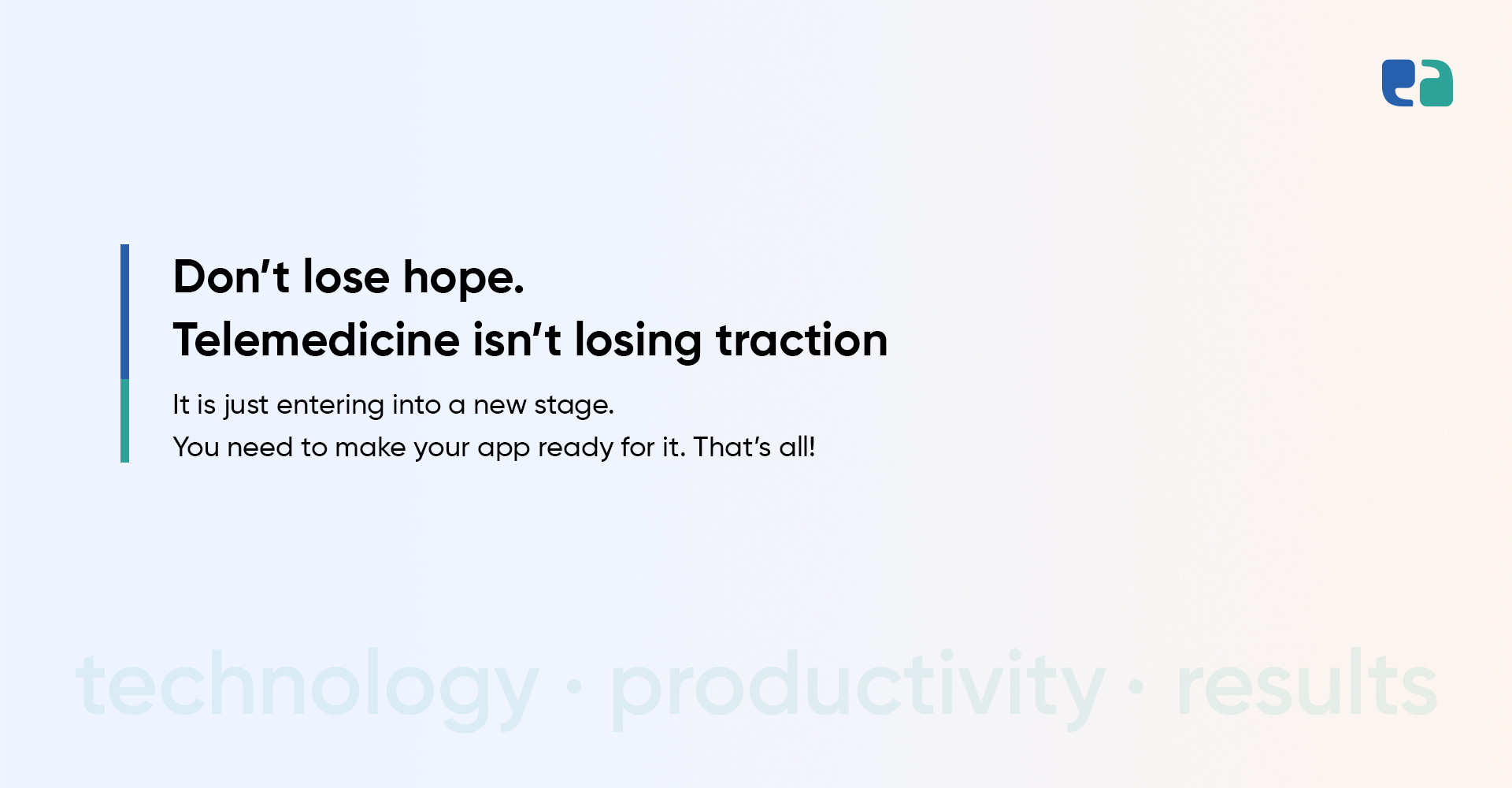The world is constantly changing and technology is driving the advancements in healthcare, providing doctors with exciting opportunities to improve patient care, simplify administrative tasks, and stay competitive.
The United States is leading the way in healthcare technology trends, and in this blog, we’ll explore how doctors can take advantage of these innovations to improve their work.
1. Electronic Recordkeeping

The world of medicine has been transformed by Electronic Health Records (EHRs).
They have made managing medical records more efficient than ever before.
Switching from paper-based records to digital platforms has brought about a multitude of benefits for doctors.
Let’s take a look at the benefits of it.
2. Telemedicine

The COVID-19 pandemic has accelerated the growth of telemedicine.
It’s remarkable how doctors can now provide remote healthcare services like consultations, diagnosis, and treatment through secure online platforms and video conferencing.
This technology has truly revolutionized the way we receive medical care.
Let’s explore the benefits of telemedicine.
3. Artificial Intelligence (AI) and Machine Learning (ML)

The power of AI and machine learning is revolutionizing the healthcare industry.
These advanced technologies can assist doctors in making informed decisions by
- Analyzing heaps of data
- Detecting patterns
- Providing invaluable insights
This incredible support system is changing the game for healthcare professionals and improving patient outcomes in ways we could only imagine before.
The benefits of AI and ML in healthcare are limitless.
4. Advanced Imaging and Diagnostics

Advanced medical technology is truly amazing!
Thanks to cutting-edge diagnostic tools like 3D printing, virtual reality, and augmented reality, doctors can now visualize and comprehend complex medical conditions in ways that were never before possible.
The benefits of advanced imaging and diagnostics are as follows:
5. Wearable Health Tech

Doctors are finding wearable devices like smartwatches and fitness trackers to be incredibly useful for keeping tabs on a patient’s health beyond the confines of the clinic.
The benefits of wearable health tech are as follows:
6. Blockchain for Healthcare

The healthcare industry is starting to take notice of the benefits that blockchain technology can offer.
Its ability to safeguard and simplify the sharing of medical data while protecting patient confidentiality is truly impressive!
The benefits of blockchain in healthcare are as follows:
How US Doctors Can Leverage Healthcare Technology Trends?
Healthcare technology is advancing at lightning speed in the United States.
Doctors have an incredible opportunity to enhance patient care, streamline workflows, and stay ahead of the competition with these cutting-edge tools.
From electronic recordkeeping to telemedicine, AI, advanced imaging, wearables, and blockchain, these innovations are changing the game in healthcare delivery.
Doctors need to stay on top of these healthcare technology trends.
It’s not just an option anymore; it’s a necessity to provide the best care possible in today’s world.
By keeping up-to-date and leveraging these technologies effectively, doctors can improve patient outcomes and find greater efficiency in their practices.
Ultimately, this will transform the way healthcare is delivered in the United States for the better.



